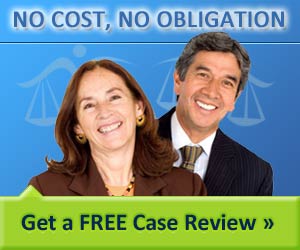Dom Mitter
New Member
- Jurisdiction
- Massachusetts
Hi,
A couple of days ago I was driving out of a large residential building after picking a friend. While backing up in a very tight driveway, I hit a cement and stone pillar at a very slow speed while reversing. It was a very mild bump felt from the car, so I knew there would be a mild scratch/dent on my car (totally my fault) and I would have to take care of the repair myself. I drove out of there because we had an appointment somewhere. However, the building owner is now claiming an extensive damage from me claiming the bump damaged the column extensively (literally they want to re-build a 15' tall stone pillar, about 2 ft square). Upon going back and checking the building carefully, I found that three the other pillars have cracks similar to this one (the stones are cemented as an outer square layer, there is a central lead bearing column thats round), except when I hit this one, one stone fell out (probably later because on impact I did not hear anything). Anyways, do I have any legal ground to say that there is logic in saying that the pillar in question was very likely the same state as the other ones and my car hitting it did not do the entire damage. In other words, can I only pay part of the repair costs?
Thanks for any help possible.
Dom
A couple of days ago I was driving out of a large residential building after picking a friend. While backing up in a very tight driveway, I hit a cement and stone pillar at a very slow speed while reversing. It was a very mild bump felt from the car, so I knew there would be a mild scratch/dent on my car (totally my fault) and I would have to take care of the repair myself. I drove out of there because we had an appointment somewhere. However, the building owner is now claiming an extensive damage from me claiming the bump damaged the column extensively (literally they want to re-build a 15' tall stone pillar, about 2 ft square). Upon going back and checking the building carefully, I found that three the other pillars have cracks similar to this one (the stones are cemented as an outer square layer, there is a central lead bearing column thats round), except when I hit this one, one stone fell out (probably later because on impact I did not hear anything). Anyways, do I have any legal ground to say that there is logic in saying that the pillar in question was very likely the same state as the other ones and my car hitting it did not do the entire damage. In other words, can I only pay part of the repair costs?
Thanks for any help possible.
Dom

